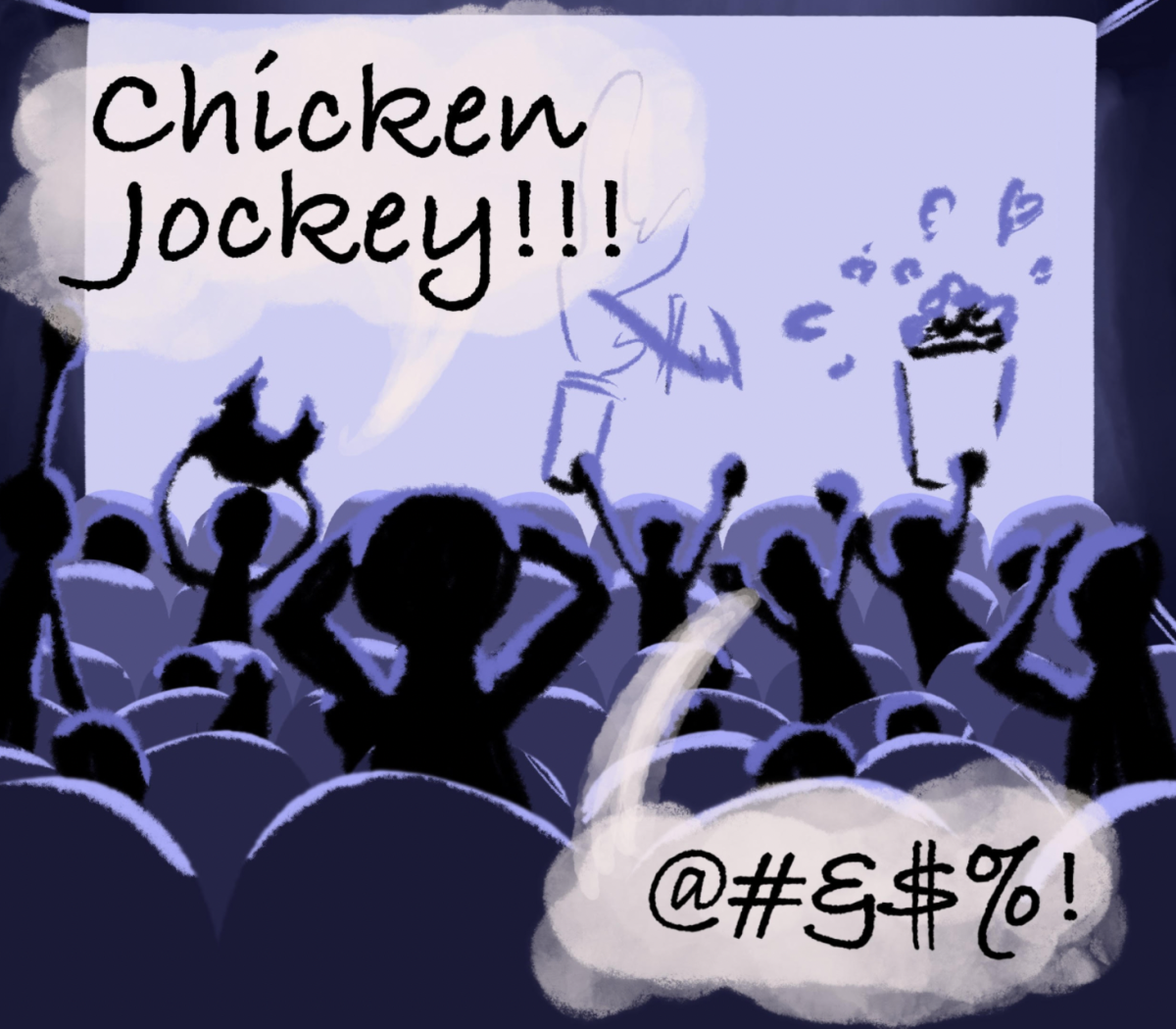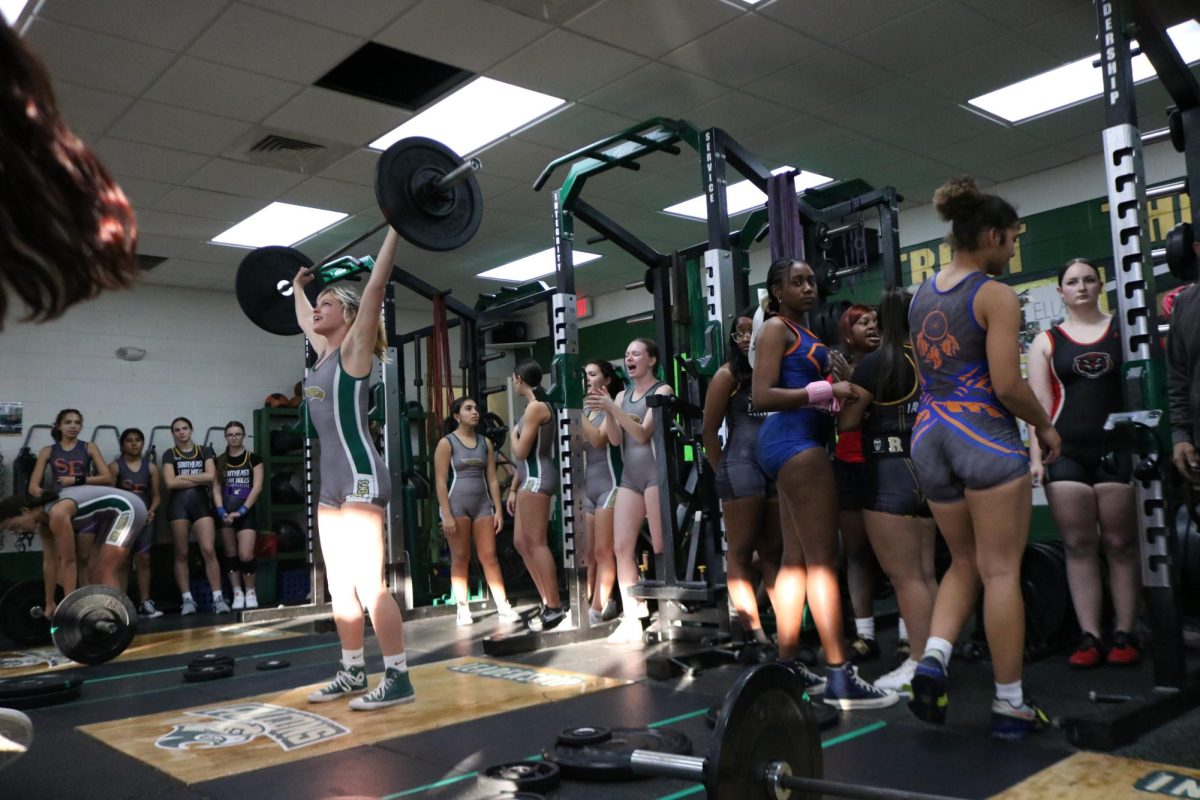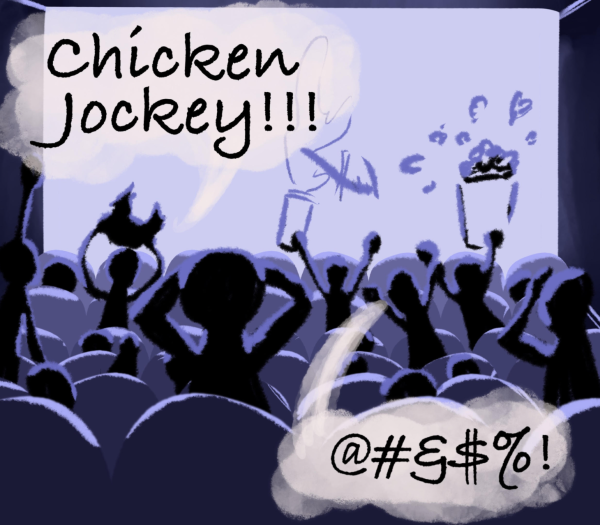The true cost of minimum wage
Senior Connor Davis’s Op-Ed was selected from over 35 submissions in this week’s “Guest Op-Ed” series.
May 7, 2021
How would you like to make more money than you’re making right now?
It’s an easy answer. Of course! Who wouldn’t want to make more money?
Well that’s part of the reason the Biden administration is currently pushing the idea of raising the Federal minimum wage from $7.25 an hour to $15.00 an hour.
Sounds commendable, right? The question is: Is it?
While it’s been presented under the guise of means to help out lower income workers, in reality, this radical and imprudent policy has serious and negative unintended consequences.
Since the Fair Labor Standards Act was established in 1938, businesses are required to pay their employees at least the minimum wage. Right now that wage sits at $7.25 an hour, a value many progressives have deemed too low since it has not increased proportional to inflation.
However, according to the Bureau of Labor Statistics, only around 1.5% of workers actually make minimum wage and since the passing of the 13th Amendment in 1865, you cannot be forced to work for any wage you see as unfit.
A wage is a contract between two free individuals, with no need for government involvement. Moreover, in the instances where state and local governments have artificially boosted the minimum wage, the results have been detrimental.
In 2014, Seattle was the first major city to implement a $15 minimum wage. At the time the policy was passed, Seattle was experiencing an economic boom. However increasing the minimum wage did not yield the results they had hoped for. According to a study done by NBER, after the passing of the legislation, “low skilled workers in Seattle had an estimated reduction of 3 million working hours and 5000 job losses.”
Not only does increasing the minimum wage affect workers, studies show that small businesses are disproportionately harmed by higher wages. Did you ever wonder why the biggest proponents of the “fight for fifteen,” are big corporations like Amazon and Walmart? They can absorb the economic blow much better than the mom-and-pop shop down the road. In 2019, the NFIB found that a federal $15 minimum wage would “kill off 1.6 million jobs, more than 55% of those job losses being at small businesses.”
Furthermore, a federal minimum wage is…federal. In Mississippi, the BLS reports that the real median hourly wage is $14.88. In contrast, the real median hourly wage in California is $19.67. Why would legislators set a federal standard regulation on an extremely dynamic market that varies from state to state?
Everyone wants to make more money. No one wants their hard labor to go undervalued. But not everything that seems good and commendable is, and it’s our job as the next generation of Americans to fight back against policies such as this one. http://top-zaymov.ru

























































